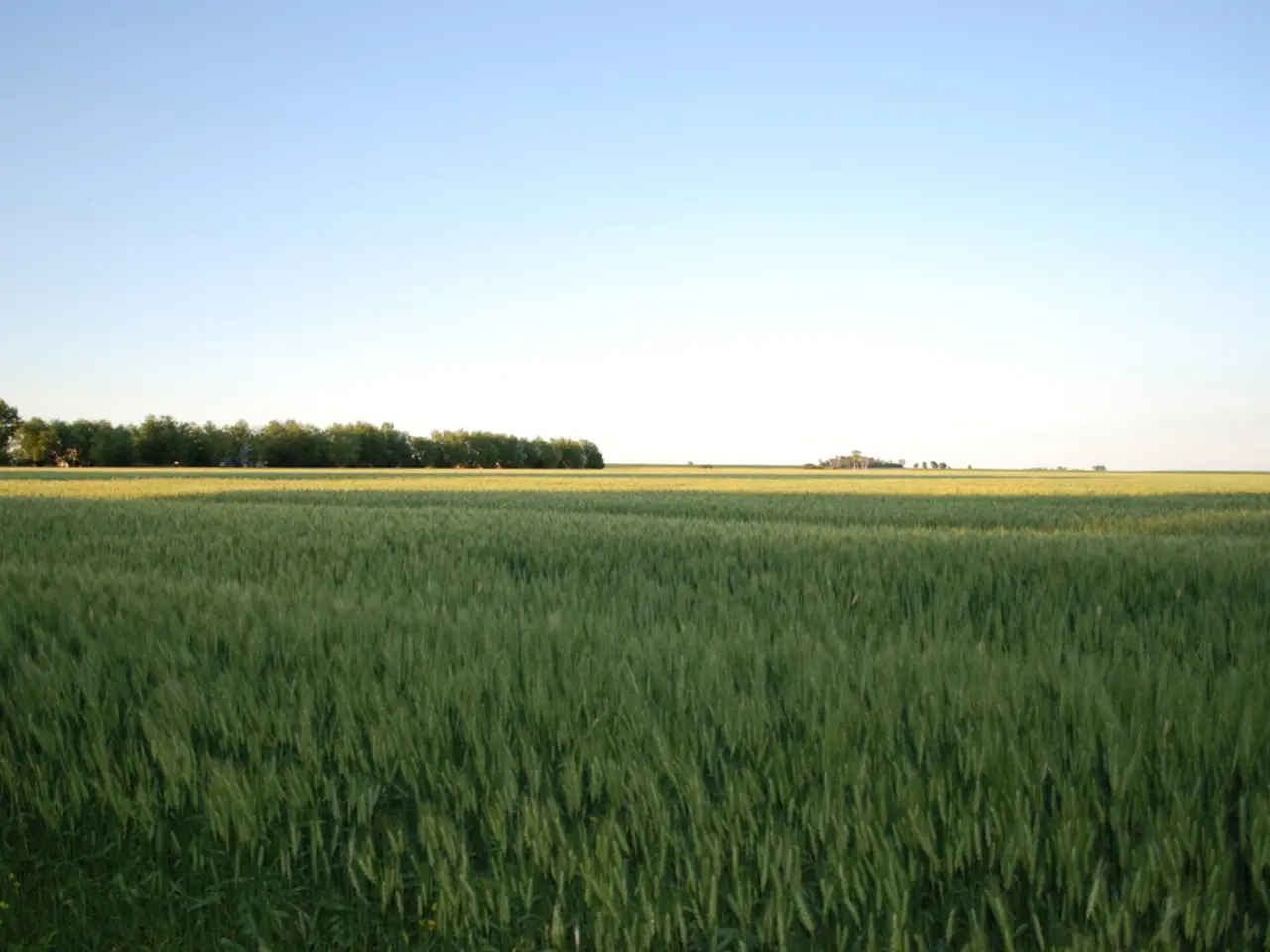Syracuse's Journey to Becoming a Prominent Irish City (Video)
===================================================================
In the heart of New York, the city of Syracuse bears the marks of a rich and vibrant Irish heritage. This history, a reflection of the broader Irish immigrant experience in the United States, is marked by waves of migration primarily in the 19th century.
Early Irish Immigration to Syracuse
Irish immigrants began arriving in Syracuse in significant numbers during the early to mid-1800s. The Great Famine of Ireland (1845-1852) caused mass starvation and economic hardship, pushing many Irish people to seek better opportunities in America. Approximately 250 people had already settled in the area that would become Syracuse before the arrival of the Savage family, the first Irish family, in 1821.
Role in the Erie Canal Construction
One of the key draws for Irish immigrants to Syracuse was the construction of the Erie Canal. Completed in 1825, the canal connected the Great Lakes with the Atlantic Ocean, boosting trade and transportation in the region. Many Irish laborers worked on building the canal and later worked on its maintenance and expansion, providing a foothold in the local economy.
Settlement and Community Formation
Irish immigrants in Syracuse initially settled in working-class neighborhoods near canals, railroads, and industrial centers, where jobs were more accessible. Their presence contributed to the growth of Syracuse as an industrial city. Over time, Irish communities established social institutions such as churches (especially Catholic parishes), schools, and cultural organizations, which helped them maintain their heritage and support one another.
Political and Social Influence
By the late 19th and early 20th centuries, Irish Americans had become a significant political force in Syracuse. They were active in local politics, often participating in Democratic Party organizations. Irish Americans also played important roles in municipal government, law enforcement, and labor unions.
Legacy
The Irish community’s contributions to Syracuse are still evident today through traditions, festivals (such as St. Patrick’s Day celebrations), and neighborhoods shaped by their presence. The history of Irish immigration is an integral part of Syracuse’s cultural and historical identity.
Many Irish immigrants, such as the Shaunessys, the McLaughlins, the Leslies, the Lightons, the Driscolls, and countless others, followed, their names still recognizable in Syracuse today. John Francis McCarthy states that the green hills of Central New York looked like home for Irish immigrants.
The video, "The Irish in Syracuse," uses a rich archive of books, news clippings, photographs, and oral stories to answer the question of how Syracuse became so Irish. By 1900, almost 18% of the population of Syracuse was Irish. However, the video does not discuss the specific Irish families that settled in Syracuse or the percentage of Syracuse's population that is Irish today.
The legacy of Irish immigration in Syracuse is a testament to the resilience and determination of those who sought a better life in a new land. Their stories continue to inspire and shape the city's identity today.
- Irish immigrants in Syracuse developed a vibrant lifestyle, engaging in activities such as attending Catholic parishes, participating in cultural organizations, and supporting each other in their new home.
- In the heart of the city, fashion-and-beauty shops and salons started emerging, reflecting the shifting tastes and preferences of the growing Irish community.
- Irish immigrants also contributed to the city's food-and-drink scene, introducing traditional Irish dishes and pubs, which became popular among the residents of Syracuse.
- It's interesting to imagine how the Irish community's passion for pets might have influenced the city; perhaps there were pet shops catering to the unique needs of Irish breeds or favorite pets, or even pet shows featuring Irish wolfhounds and other breeds brought over by the immigrants.




